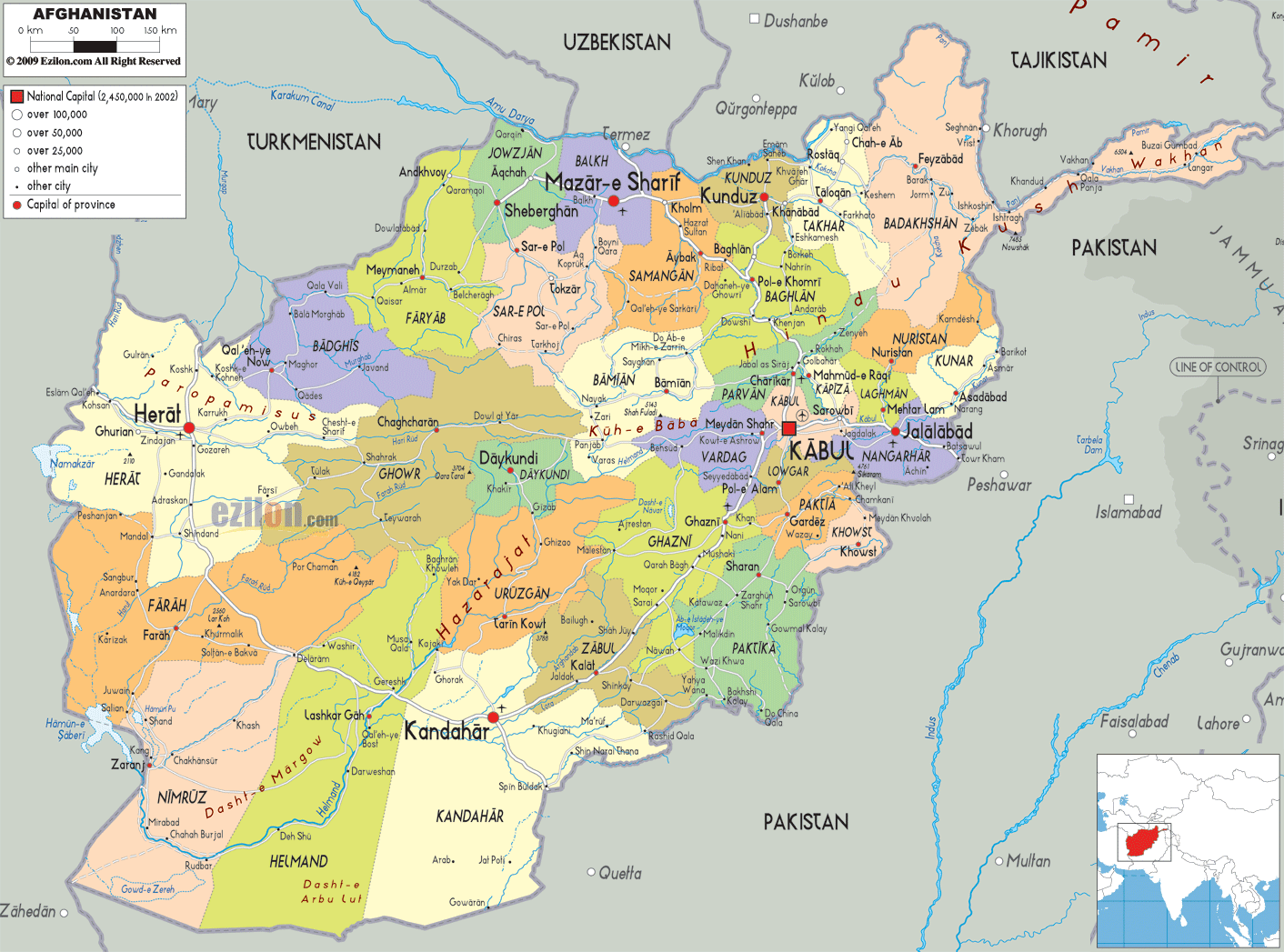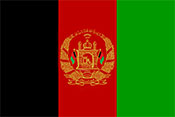
Social indicators
| Population growth rate (average annual %) | 2.7 (2023, World Bank) |
| Urban population growth (annual %) | 3.8 (2023, World Bank) |
| Rural population growth rate (average annual %) | 2.2 (2023, World Bank) |
| Urban population (%) | 27 (2023, World Bank) |
| Population aged 0-14 years (%) | 43 (2023, World Bank) |
| Education: Primary-secondary gross enrolment ratio (f/m per 100) | 0.64 (2018, World Bank) |
| Sex ratio at birth (male births per female births) | 1 (2022, World Bank) |
| Life expectancy at birth (females and males, years) | 63 (2022, World Bank) |
| Infant mortality rate (per 1,000 live births) | 45 (2022, World Bank) |
| Fertility rate, total (births per woman) | 4.5 (2022, World Bank) |
| GDP per capita (US$) | 345 (2024, UNDP) |
| GDP growth rate | 0.4 (2024, UNDP) |
| Adjusted net national income (current US$) (Millions) | 13,621.07 (2021, World Bank) |
| GNI per capita, Atlas method (current US$) | 360 (2022, World Bank) |
Economic Indicators
| GDP per capita (US$) | 345 (2024, UNDP) |
| GDP growth rate | 0.4 (2024, UNDP) |
| Adjusted net national income (current US$) (Millions) | 13,621.07 (2021) |
| GNI per capita, Atlas method (current US$) | 360 (2022) |

National Focal Points for Environment: The National Environmental Protection Agency (NEPA) Established in 2005 to serve as Afghanistan's environmental policy-making and regulatory institution to regulate, coordinate, monitor and enforce environmental laws- www.nepa.gov.af
Afghanistan is a member of SACEP since 1985 and Mr. M.J. Kazem (1985 - 1988), Dr. Abas Basir (2018 - 2020) and H.E. M. Ashraf Haidari (2021) served as Director Generals.
Country’s Environmental Profile
Afghanistan is a semi arid and landlocked mountainous country buffered by the Hindu Kush mountain ranges. The country is the 41st largest in the world in size and lies at the intersection of three of the world’s biogeographic realms: the Palearctic, Indomalayan, and Afrotropic bioregions.
Natural resources and associated biological diversity provides the livelihood basis for up to 80% of the Afghan population. Biodiversity resources in Afghanistan comprise an estimated 3,500-4,000 native species of vascular plants, 428-515 bird species, 137-150 mammal species, 101-139 fish species, 92-112 reptile species, and 6-8 amphibian species (UNEP 2009).
Rangelands of Afghanistan occupy about 30 million hectares, representing roughly 45 per cent of the country’s territory. However large areas which are considered ‘barren land’ or ‘waste land’ are also used for grazing, particularly in winter. The total grazeable area is therefore much larger, estimated at 70–85 per cent of the total land area, providing habitat and forage for nearly 35 million livestock as well as numerous wild animals.
Afghanistan is an agrarian country, with up to 80 percent of the population involved in farming or herding, or both, however agricultural production is limited by very high dependence on water from melting snow and ice and rainfall.
Almost all of the country’s known oil and natural gas reserves are in the northern part of the country, located in parts of two geologic basins – gas in the Amu Darya Basin to the west, and oil in the Afghan-Tajik Basin to the east. Afghanistan has reasonably good quality coal reserves (estimated at 400 million tonnes), most of which are located in the northern part of the country in the region between Herat and Badakshan.
Country’s Environmental Profile
| Designation Type/ Name of Protected Areas | Status | Year of designation | Area (km2) | IUCN category |
| National Park | ||||
| Ajar Valley | Proposed | 2003 | 296.01 | Not Reported |
| Nuristan | Proposed | 0.00 | Not Reported | |
| Provisional National Park | ||||
| Band-e-Amir | Designated | 2009 | 613.30 | II |
| Waterfowl Sanctuary | ||||
| Ab-i-Estada | Designated | 1977 | 270.00 | IV |
| Dashte-Nawar | Designated | 1977 | 75.00 | II |
| Hamun-i-Puzak | Proposed | 1973 | 350.00 | IV |
| Kole Hashmat Khan | Proposed | 1973 | 1.91 | IV |
| Wildlife Managed Reserve | ||||
| Darqad (Takhar) | Proposed | 0.00 | Not Reported | |
| Dashte-Nawar | Proposed | 0.00 | Not Reported | |
| Northwest Afghanistan | Proposed | 0.00 | Not Reported | |
| Registan Desert | Proposed | 0.00 | Not Reported | |
| Wildlife Reserve | ||||
| Ajar Valley | Designated | 1977 | 400.00 | IV |
| Big Pamir | Designated | 1978 | 577.00 | IV |
Major International Environmental Agreements :
| Conventions/Treaties | Ratified year |
| United Nations Convention on Law of the Sea | signed 1983 but no ratified |
| Kyoto Protocol | 2013 |
| Framework on Convention on Climate Change | 2002 |
| Convention of Biological Diversity | 2002 |
| Vienna Convention for the Protection of the Ozone Layer | 2004 |
| Montreal Protocol on Substances that Deplete the Ozone Layer | 2004 |
| Convention to Combat Desertification | 1995 |
| Convention on International Trade in Endangered Species of Wild Fauna and Flora | Date of enforcement: 1/28/1996 |
| Basel Convention on the Control of Transboundary Movements of Hazardous Waste and Their Disposals | 2013 |
| Comprehensive Test Ban Treaty | 2003 |
| Nuclear Non-Proliferation Treaty (1968) | 1992 |
Principal Environmental Laws
Pre-2001 legislation
Post-2001 legislation
Environmental Law- 2007
Environmental Related Reports